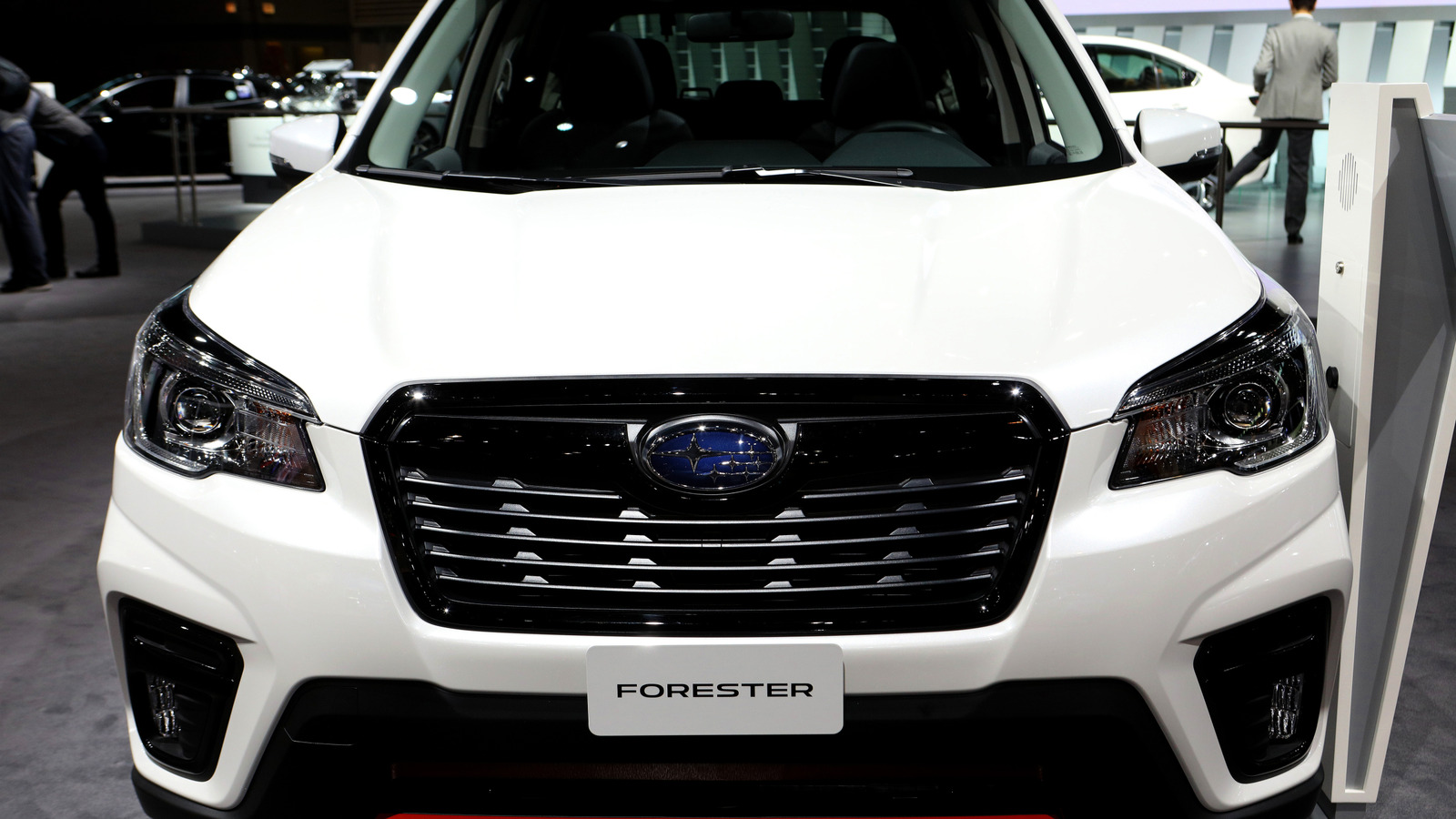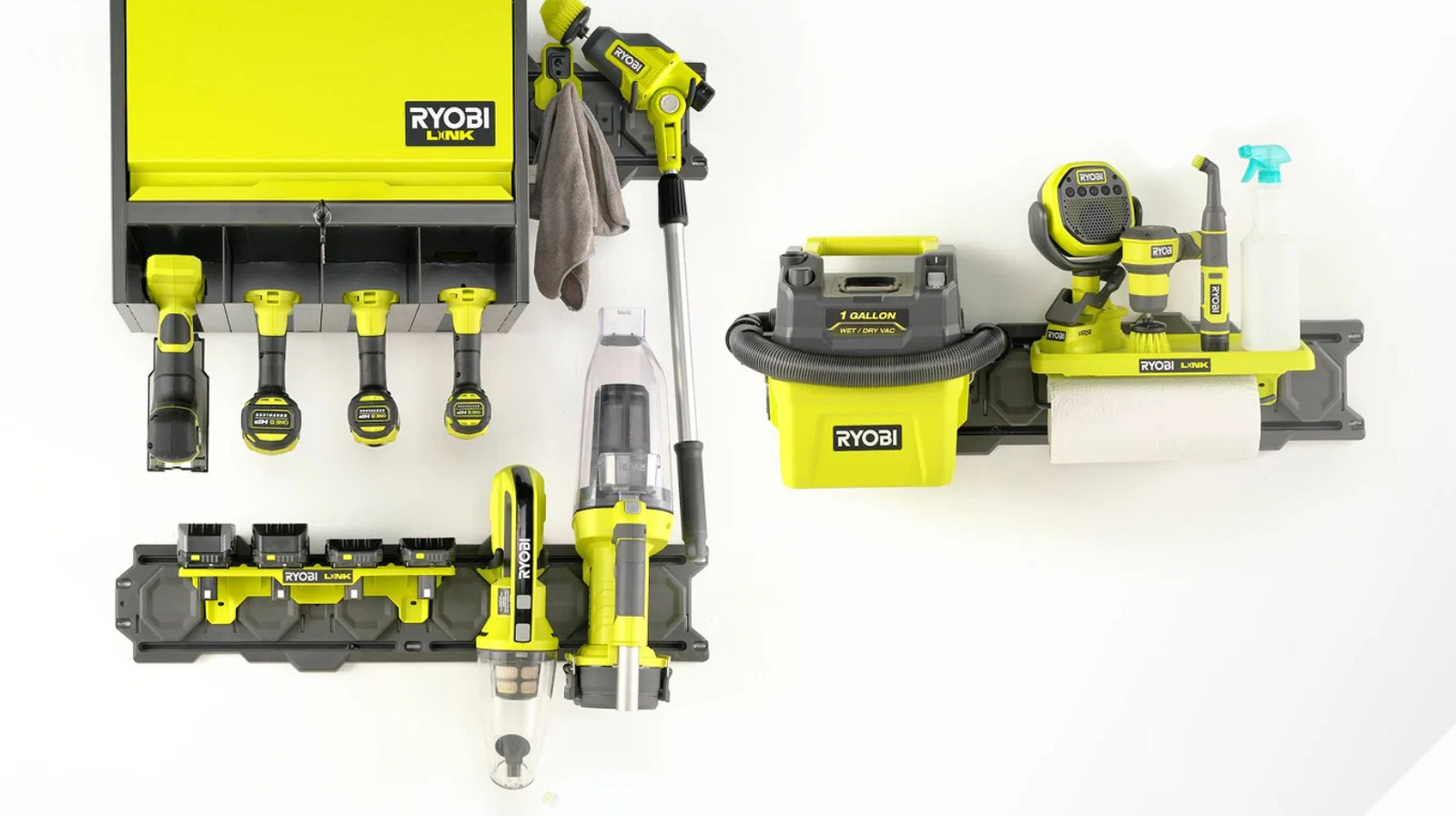Testing Apps for Adaptive User Interfaces in 2025
Introduction I use apps in all sorts of ways — squinting at my phone in bright sunlight, tapping with one hand while rushing, or switching to dark mode at night. But some apps don’t keep up. Last week, my weather app’s text was unreadable in glare, and my to-do app’s buttons shrank too small for my thumb. In April 2025, software testing is tackling this one issue — making apps adapt their interfaces to fit how I use them. This isn’t a generic tech rundown or a jargon-heavy slog. It’s a clear, deep story about how testers and developers make apps shift to my needs, told from my perspective as someone who just wants their phone to feel right. The Adaptive Interface Challenge Apps should adjust to me, but they often don’t. My weather app’s white text vanished in sunlight — no contrast shift. My to-do app’s layout stayed tiny on my tablet — taps missed. My news app ignored dark mode — blinding at night. People use apps differently — bright outdoors, big screens, tired eyes — but apps stick to one look. A friend’s fitness app didn’t resize for her large phone — she couldn’t log workouts easily. In 2025, testers are ensuring apps change their interfaces — colors, sizes, layouts — to match my moment. Why It’s Personal This isn’t just about looks — it’s about using my phone. I check weather outside — unreadable text delays me. I add tasks on the go — one-handed, small buttons frustrate. I read news in bed — bright screens strain my eyes. It’s not just me — my dad needs big text for weak eyes, my sister uses landscape mode, my friend loves high contrast. Adaptive interfaces mean I see, tap, read — no fight. In 2025, it’s about apps fitting my hands, eyes, and life, not forcing me to adjust. How Testers Begin Testers act like they’re me. They load my weather app on a phone — my mid-range model, not a lab device. They step outside — bright sun, does text shift? They try my to-do app one-handed — do buttons resize? They open my news app at night — does it go dark? They use real phones — old, small — like mine. They tweak settings — big fonts, landscape, low battery. They log every miss — text fades, buttons shrink, colors glare. In 2025, they’re testing my real-world use, catching what makes apps hard. What They Find Testers spot problems fast. My weather app didn’t boost contrast — white text washed out in sun. My to-do app’s buttons stayed small — missed my thumb half the time. My news app skipped dark mode — lit up my room. Small screens like mine clipped layouts — text ran off. They saw apps built for one case — bright, portrait, standard eyes — not my varied life. They list it all — every fade, shrink, or glare — that makes me squint or tap twice. In 2025, they’re finding what stops apps from adapting. How Developers Fix It Developers take the notes and reshape things. My weather app’s text issue? They add auto-contrast — black text pops in sunlight. My to-do app’s tiny buttons? They scale up — big enough for one hand. My news app’s bright screen? They tie it to dark mode — dims at night. They adjust for my phone — layouts fit small screens. Testers retry — sun, thumb, night, all good. Now I check weather, add tasks, read news — no strain. In 2025, developers make apps bend to my needs, not the other way around. My Apps Now My apps feel like they know me. I checked weather today in bright sun — text stood out, clear as day. I added a task one-handed — buttons big, tapped easy. I read news at night — screen dimmed, eyes relaxed. Before, I’d struggle — squint, miss, wince. Testing for adaptive interfaces fixed this one thing. In 2025, I’m using apps that shift with me, not fighting ones stuck in one mode. The Full Testing Scope Testers cover every case. They try all conditions — sunlight, shade, night. They test layouts — portrait, landscape, split-screen. They check settings — big text, high contrast, colorblind modes. They use phones like mine — small, old, low-res. They push changes — rotate, zoom, dim — does it adjust? They try users — fast tappers, slow readers, weak eyes — does it fit? They stress it — flip modes fast, thousands use — does it hold? In 2025, they’re ensuring every interface adapts to every user. Why Adapting Is Hard Apps resist change. Developers focus on features — my weather app packed forecasts, not contrast. Settings vary — my phone’s dark mode isn’t my tablet’s. Screens differ — my small display cramps big designs. Users mix it up — I’m outdoors, my dad’s nearsighted, my sister’s in landscape. Systems lag — old phones slow on layout shifts. Testers know this — they don’t expect easy; they demand flexible. In 2025, they’re fixing what’s rigid for too long. What I Get Out of It This testing makes apps mine. I don’t squint — weather’s clear in sun. I don’t miss — tasks save with big buttons. I don’t strain — news dims at night. Before, I’d adjust — lean in, retry, sigh. Now

Introduction
I use apps in all sorts of ways — squinting at my phone in bright sunlight, tapping with one hand while rushing, or switching to dark mode at night. But some apps don’t keep up. Last week, my weather app’s text was unreadable in glare, and my to-do app’s buttons shrank too small for my thumb. In April 2025, software testing is tackling this one issue — making apps adapt their interfaces to fit how I use them. This isn’t a generic tech rundown or a jargon-heavy slog. It’s a clear, deep story about how testers and developers make apps shift to my needs, told from my perspective as someone who just wants their phone to feel right.
The Adaptive Interface Challenge
Apps should adjust to me, but they often don’t. My weather app’s white text vanished in sunlight — no contrast shift. My to-do app’s layout stayed tiny on my tablet — taps missed. My news app ignored dark mode — blinding at night. People use apps differently — bright outdoors, big screens, tired eyes — but apps stick to one look. A friend’s fitness app didn’t resize for her large phone — she couldn’t log workouts easily. In 2025, testers are ensuring apps change their interfaces — colors, sizes, layouts — to match my moment.
Why It’s Personal
This isn’t just about looks — it’s about using my phone. I check weather outside — unreadable text delays me. I add tasks on the go — one-handed, small buttons frustrate. I read news in bed — bright screens strain my eyes. It’s not just me — my dad needs big text for weak eyes, my sister uses landscape mode, my friend loves high contrast. Adaptive interfaces mean I see, tap, read — no fight. In 2025, it’s about apps fitting my hands, eyes, and life, not forcing me to adjust.
How Testers Begin
Testers act like they’re me. They load my weather app on a phone — my mid-range model, not a lab device. They step outside — bright sun, does text shift? They try my to-do app one-handed — do buttons resize? They open my news app at night — does it go dark? They use real phones — old, small — like mine. They tweak settings — big fonts, landscape, low battery. They log every miss — text fades, buttons shrink, colors glare. In 2025, they’re testing my real-world use, catching what makes apps hard.
What They Find
Testers spot problems fast. My weather app didn’t boost contrast — white text washed out in sun. My to-do app’s buttons stayed small — missed my thumb half the time. My news app skipped dark mode — lit up my room. Small screens like mine clipped layouts — text ran off. They saw apps built for one case — bright, portrait, standard eyes — not my varied life. They list it all — every fade, shrink, or glare — that makes me squint or tap twice. In 2025, they’re finding what stops apps from adapting.
How Developers Fix It
Developers take the notes and reshape things. My weather app’s text issue? They add auto-contrast — black text pops in sunlight. My to-do app’s tiny buttons? They scale up — big enough for one hand. My news app’s bright screen? They tie it to dark mode — dims at night. They adjust for my phone — layouts fit small screens. Testers retry — sun, thumb, night, all good. Now I check weather, add tasks, read news — no strain. In 2025, developers make apps bend to my needs, not the other way around.
My Apps Now
My apps feel like they know me. I checked weather today in bright sun — text stood out, clear as day. I added a task one-handed — buttons big, tapped easy. I read news at night — screen dimmed, eyes relaxed. Before, I’d struggle — squint, miss, wince. Testing for adaptive interfaces fixed this one thing. In 2025, I’m using apps that shift with me, not fighting ones stuck in one mode.
The Full Testing Scope
Testers cover every case. They try all conditions — sunlight, shade, night. They test layouts — portrait, landscape, split-screen. They check settings — big text, high contrast, colorblind modes. They use phones like mine — small, old, low-res. They push changes — rotate, zoom, dim — does it adjust? They try users — fast tappers, slow readers, weak eyes — does it fit? They stress it — flip modes fast, thousands use — does it hold? In 2025, they’re ensuring every interface adapts to every user.
Why Adapting Is Hard
Apps resist change. Developers focus on features — my weather app packed forecasts, not contrast. Settings vary — my phone’s dark mode isn’t my tablet’s. Screens differ — my small display cramps big designs. Users mix it up — I’m outdoors, my dad’s nearsighted, my sister’s in landscape. Systems lag — old phones slow on layout shifts. Testers know this — they don’t expect easy; they demand flexible. In 2025, they’re fixing what’s rigid for too long.
What I Get Out of It
This testing makes apps mine. I don’t squint — weather’s clear in sun. I don’t miss — tasks save with big buttons. I don’t strain — news dims at night. Before, I’d adjust — lean in, retry, sigh. Now, apps adjust to me. It’s one piece — adaptive interfaces — but it’s my ease. In 2025, I tap and see, because testers made apps fit my moment.
Testing Across Apps
Testers don’t stop at mine. My dad’s health app grows text — reads meds easy now. My sister’s video app flips to landscape — edits flow. My friend’s shop app boosts contrast — sees deals clear. They use every phone — old, cheap, mine. They want all apps adaptive — not just my weather. In 2025, this testing makes every screen shift for every user.
The Challenges
It’s not all smooth. Some apps lag — my game app’s layout sticks, no resize. Old phones struggle — my model slows on mode switches. Settings clash — dark mode fights app themes. Testers catch this. Developers tweak — faster shifts, lighter layouts — but it’s tough. Companies chase flash — features over flexibility. In 2025, testers push for interfaces that move, even when it’s hard.
How They Know It Works
Testers measure it. They time my weather app — contrast shifts in one second, not five. They count misses — zero clipped texts, not ten. They ask me — clear? I say yes. They test flips — portrait to landscape, no glitch. They push loads — millions adjust, no crash. They use stats — speed, errors, fit — to prove it’s right. In 2025, they’re showing interfaces adapt, not hoping.
Where It’s Going
This could spread. My weather app adapts — my chat app doesn’t. Testers might fix text size there. My shop app — layouts could shift for my grip. Every app could flex — games, maps, news. In 2025, adaptive UI testing might mean no app ever feels wrong, no matter how I use it.
Why Companies Invest
Companies know I’ll ditch apps that don’t fit — my weather app keeps me because it adjusts. My dad stays with his health app — big text, he’s hooked. Adaptive apps hold users — rigid ones lose them. It’s not just nice — it’s profit. In 2025, testing this keeps customers and revenue strong.
The Long View
This could change apps forever. If testers keep pushing, new apps might launch flexible — no retrofits. Developers might prioritize users — layouts that shift, not static. My next app might feel made for me, always. In 2025, this one focus could make every app bend to my life.
Conclusion
Testing apps for adaptive user interfaces in 2025 is a big deal. It keeps my weather clear, tasks tappable, news readable — no strain, just fit. Testers spot the mismatches, developers fix them, and I’m in sync. This isn’t about all tech — it’s about my screen, matching my moment. It’s enough to make my phone feel perfect. How does your app adjust to you?


.jpg)

























![[Webinar] AI Is Already Inside Your SaaS Stack — Learn How to Prevent the Next Silent Breach](https://blogger.googleusercontent.com/img/b/R29vZ2xl/AVvXsEiOWn65wd33dg2uO99NrtKbpYLfcepwOLidQDMls0HXKlA91k6HURluRA4WXgJRAZldEe1VReMQZyyYt1PgnoAn5JPpILsWlXIzmrBSs_TBoyPwO7hZrWouBg2-O3mdeoeSGY-l9_bsZB7vbpKjTSvG93zNytjxgTaMPqo9iq9Z5pGa05CJOs9uXpwHFT4/s1600/ai-cyber.jpg?#)












































































































































![[The AI Show Episode 144]: ChatGPT’s New Memory, Shopify CEO’s Leaked “AI First” Memo, Google Cloud Next Releases, o3 and o4-mini Coming Soon & Llama 4’s Rocky Launch](https://www.marketingaiinstitute.com/hubfs/ep%20144%20cover.png)





























































































































![[FREE EBOOKS] Machine Learning Hero, AI-Assisted Programming for Web and Machine Learning & Four More Best Selling Titles](https://www.javacodegeeks.com/wp-content/uploads/2012/12/jcg-logo.jpg)








































































![Rogue Company Elite tier list of best characters [April 2025]](https://media.pocketgamer.com/artwork/na-33136-1657102075/rogue-company-ios-android-tier-cover.jpg?#)








































































_Andreas_Prott_Alamy.jpg?width=1280&auto=webp&quality=80&disable=upscale#)






























































































![What’s new in Android’s April 2025 Google System Updates [U: 4/18]](https://i0.wp.com/9to5google.com/wp-content/uploads/sites/4/2025/01/google-play-services-3.jpg?resize=1200%2C628&quality=82&strip=all&ssl=1)










![Apple Watch Series 10 Back On Sale for $299! [Lowest Price Ever]](https://www.iclarified.com/images/news/96657/96657/96657-640.jpg)
![EU Postpones Apple App Store Fines Amid Tariff Negotiations [Report]](https://www.iclarified.com/images/news/97068/97068/97068-640.jpg)
![Apple Slips to Fifth in China's Smartphone Market with 9% Decline [Report]](https://www.iclarified.com/images/news/97065/97065/97065-640.jpg)
































































































































